But why did were Egyptians so enamored by these early felines?
Read on to discover the fascinating place of domestic cats in ancient Egyptian art, religion, and culture.
As man gathered food, rodents followed.
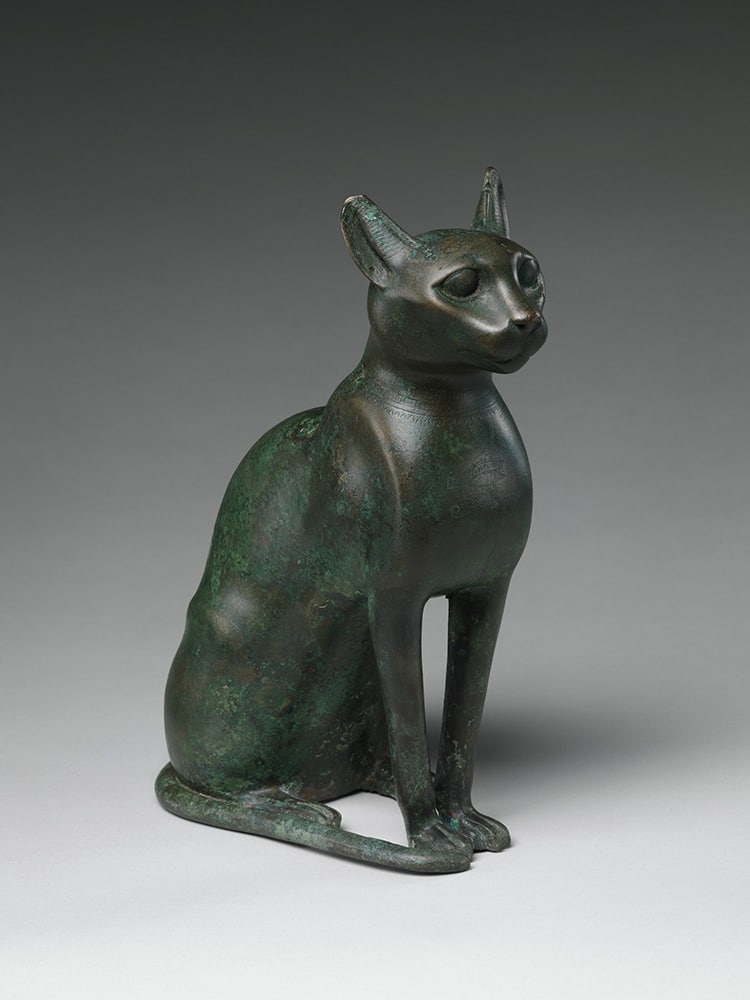
Cat Statuette intended to contain a mummified cat, Ptolemaic Period, 332–30 BCE (Photo:The Metropolitan Museum of Art, Public domain)
Cats, in turn, may have followed the rodents, living close to human communities.
Unlike the dog, cats were not bred to perform tasks such as herding.
They were perfect as they were.

“Cosmetic Vessel in the Shape of a Cat,” Middle Kingdom, circa 1990–1900 BCE (Photo:the Metropolitan Museum of Art, Public domain)
As of the mid-third millennium BCE, cats in collars were depicted in tombs.
These paintings suggested pharaohs kept wildcats as pets.
Pharaohs and nobles would long continue to be associated with these noble beasts.
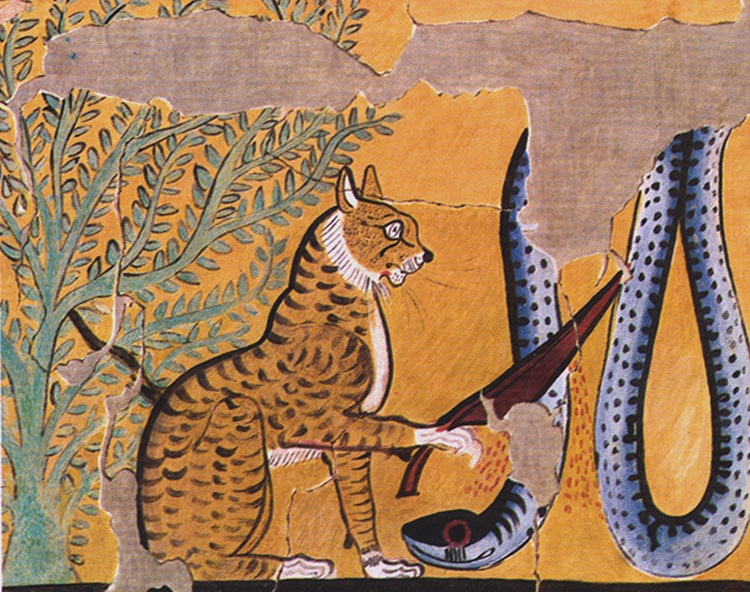
A scene in the tomb of Sennedjem (TT 1) in Deir el-Medina of western Thebes. In the Book of the Dead, a cat kills a snake, a function house cats performed in real life too.“Cat Killing a Serpent,” facsimile from 1920–1921 by Charles K. Wilkinson; original from New Kingdom, circa 1295–1213 BCE (Photo:The Metropolitan Museum of Art, Public domain)
By the 20th century BCE, a breed of domestic cat was found depicted in tombs.
Rather, they revered them as sacred to deities.
Cats were respected for being fierce hunters and protectors of their homes and young.

A cat eats fish under a table, 15th century BCE (Photo:Wikimedia Commons, Public domain)
They could be sweet at times, warrior-like at others.
These household cats oftenwore collarsas pets do today.
Goddess of motherhood, fertility, and the home, the divine being initially sported a lioness head.
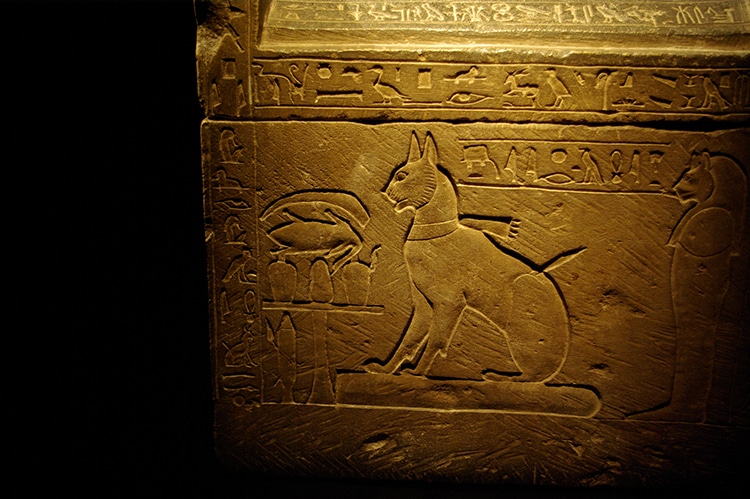
The sarcophagus of the cat of the Crown Prince Thutmose, the eldest son of Amenhotep III and Queen Tiye. (Photo: Larazoni viaWikimedia Commons,CC BY 2.0)
Egyptians could wear cat amulets to invoke her protection and blessings.
They also created countless sculptures of cats as votive offerings to the goddess.
Cat cemeteries devoted to the goddess grew into an industry, with cats specifically bred as offerings.
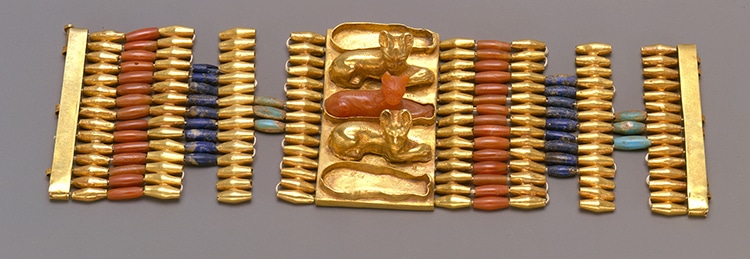
“Cuff Bracelets Decorated with Cats,” New Kingdom, circa 1479–1425 BCE (Photo:The Metropolitan Museum of Art, Public domain)
From adults to kittens, these cats were mummified much like humans at the time.
Many were wrapped carefully, with decorative head coverings.
Others were encased in cat statues or decorated sarcophagi.
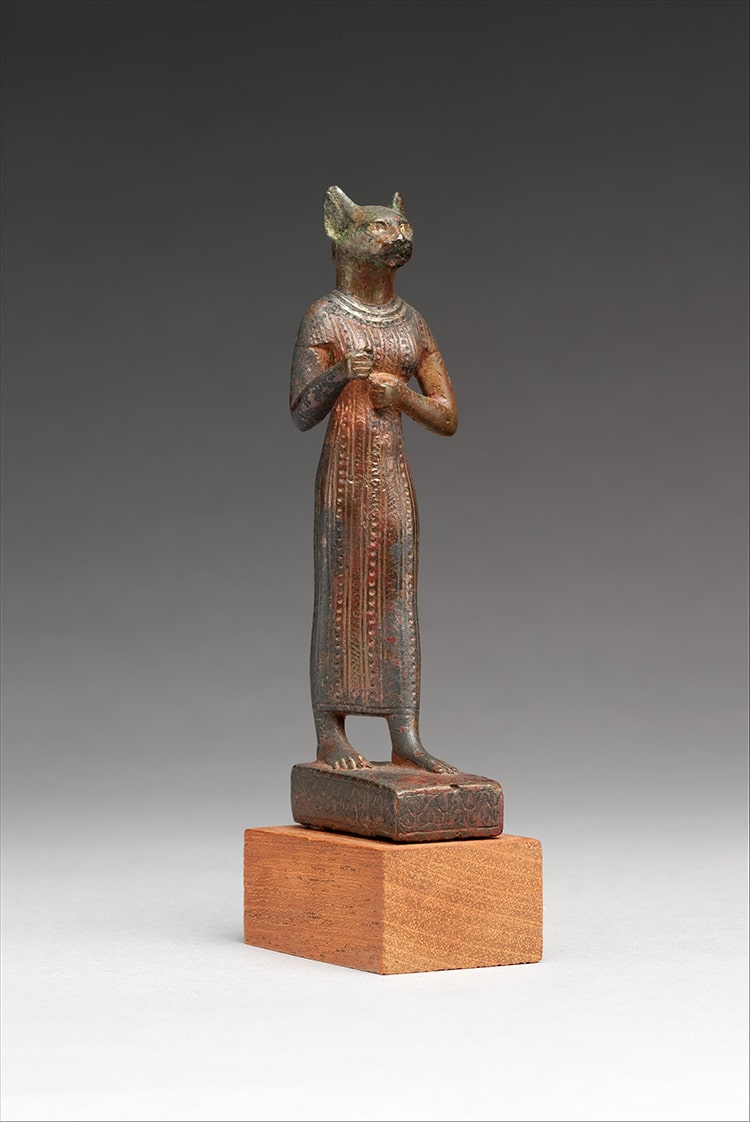
“Bastet,” Late/Ptolemaic Period, 664–30 BCE (Photo:The Metropolitan Museum of Art, Public domain)
Cats had an important role in the Book of the Dead.
Owners believed they would be reunited with their miniature protectors in the afterlife.
Today, the domestic cat still remains heavily associated with the art and culture of ancient Egypt.
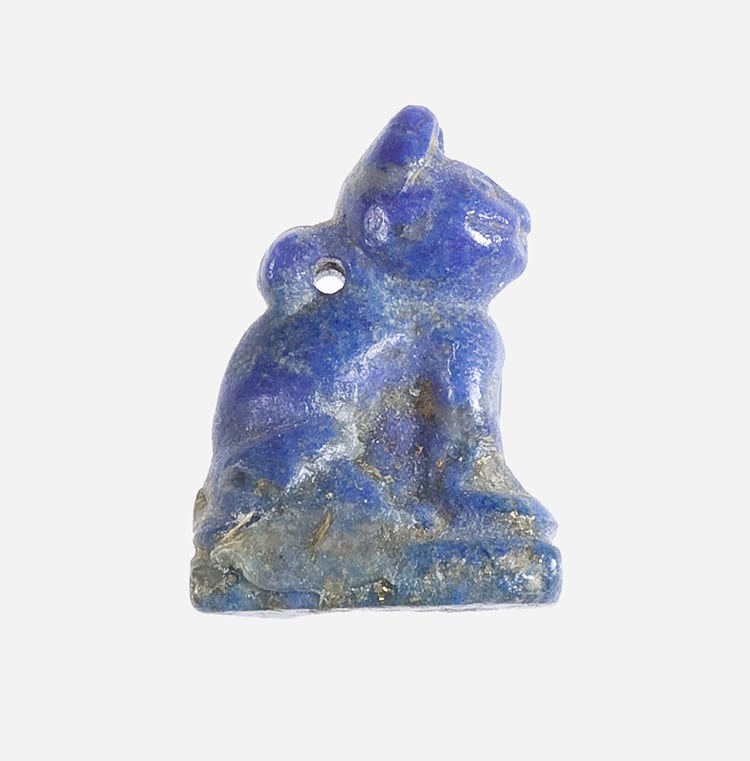
“Amulet, cat,” lapis lazuli, New Kingdom, circa 1550–1295 BCE (Photo:The Metropolitan Museum of Art, Public domain)
Rock crystal amuletic figure of Bastet as a seated cat; the ears and forelegs are lost.
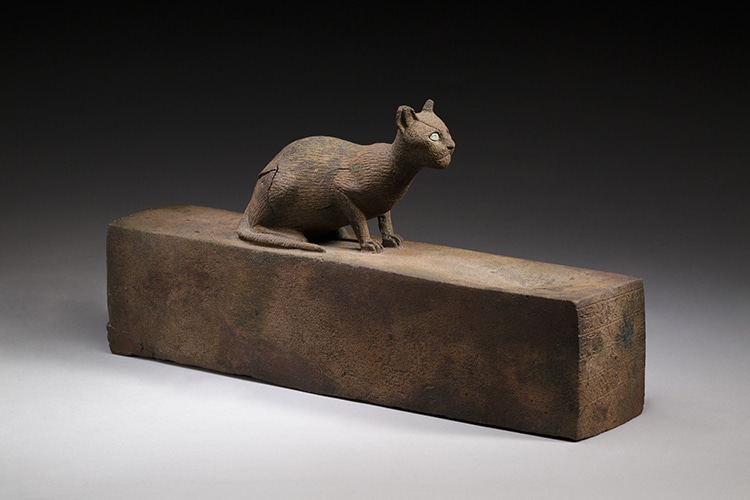
“Box for animal mummy surmounted by a cat, inscribed,” Late/Ptolemaic Period, 664–30 BCE (Photo:the Metropolitan Museum of Art, Public domain)
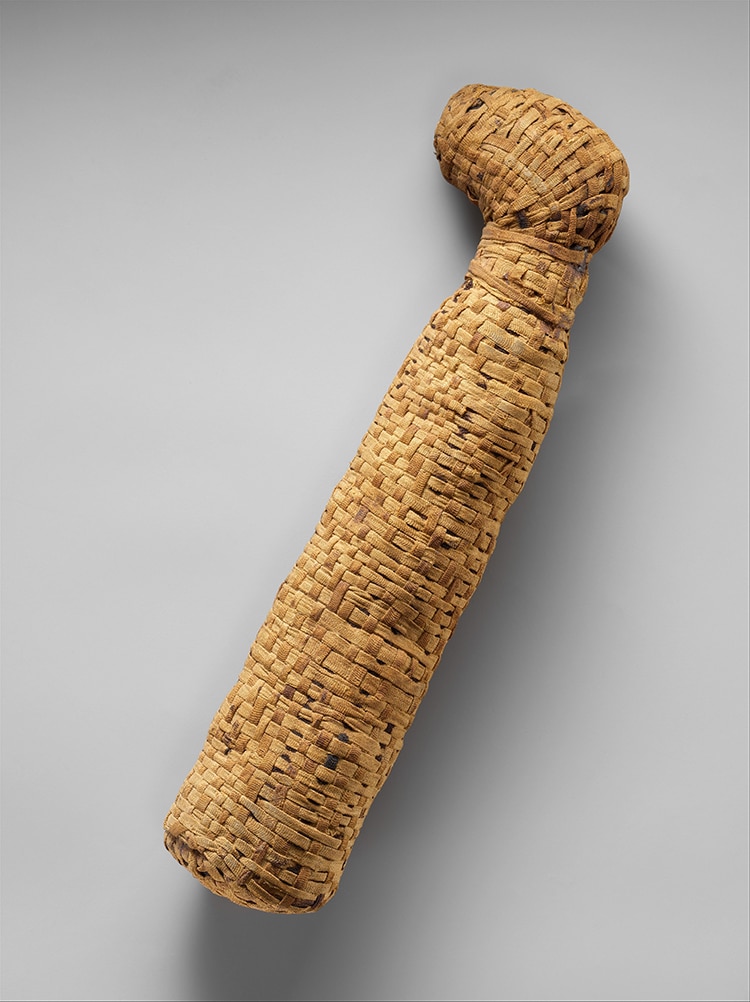
“Sacred animal mummy of a cat,” Roman Period, circa 400 BCE–100 CE (Photo:The Metropolitan Museum of Art, Public domain)
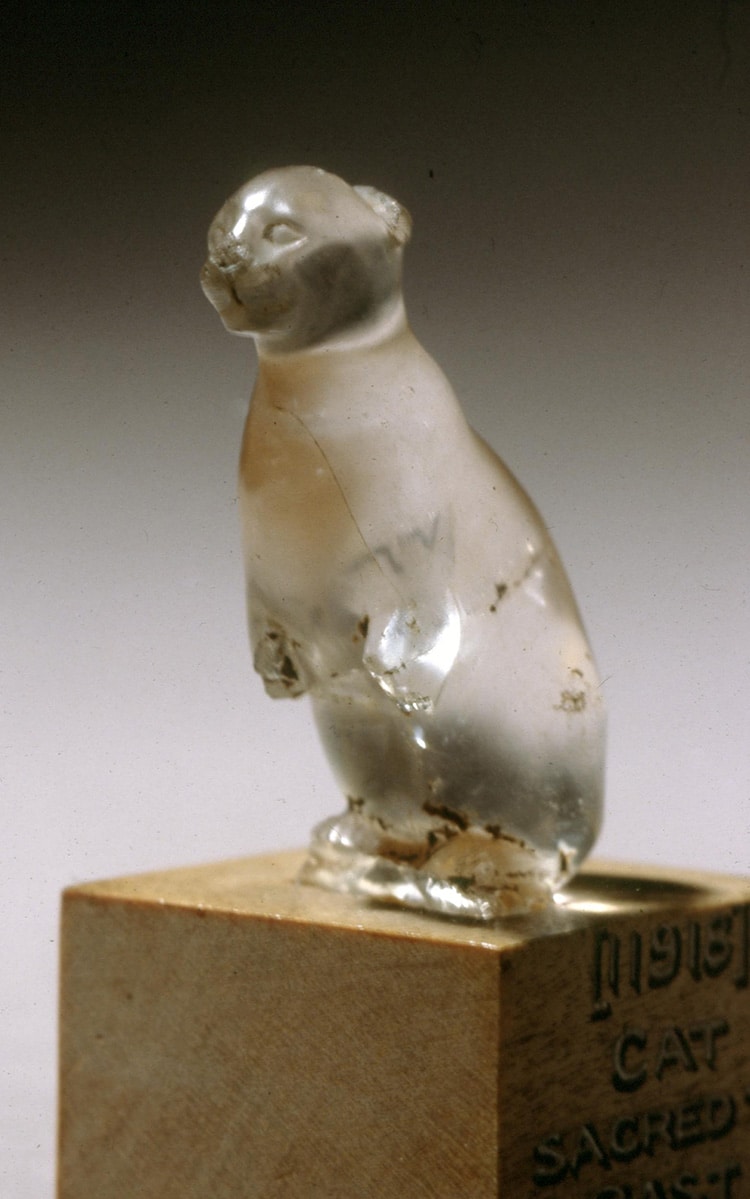
“Rock crystal amuletic figure of Bastet as a seated cat; the ears and forelegs are lost.” New Kingdom. (Photo:© The Trustees of the British Museum,CC BY-NC-SA 4.0)